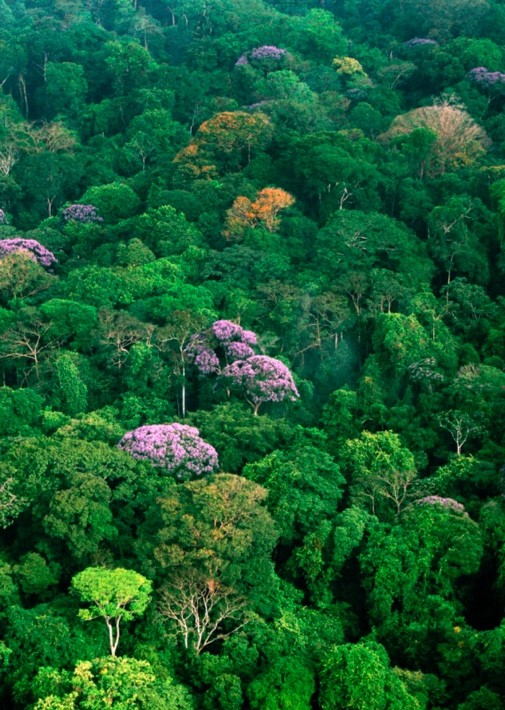The Science
Los Alamos scientists lead the development of the first inverse model of trees’ rooting depths that is well-tested and integrated with plant physiology, in a rainforest of Barro Colorado Island, Panama. Deep-rooted species had water transport systems that were likely to fail under potential dehydration. Under a variety of droughts, however, deep-rooted species were less dehydrated and survived better than shallow-rooted species especially among evergreen trees. This emphasizes the need to integrate drought exposure in evaluating trees’ drought tolerance.
The Impact
Rooting depths are a critical unknown for modeling forest response to droughts, which are projected to intensify. Due to challenges in measuring rooting or water-sourcing depths, researchers have relied on above-ground traits to assess trees’ likelihood of drought-induced mortality. The models developed here will allow wider integration of rooting depths and drought exposure in drought resilience studies.
Summary
For the long-term, 50 ha forest dynamics observatory in Barro Colorado Island, Panama, whole soil column moisture profiles were reconstructed over 1990-2015. An inverse model of rooting depths was developed (29 species) using 5-yearly tree growth re-censuses, leaf hydraulic vulnerability curves, VPD and soil moisture. The model was validated against existing data of potential water-sourcing depths based on isotopes. Associations of rooting depths with properties of the water transport system were evaluated, as well as, with tree mortality rates over 35 years.

Figure: Tropical forest canopy in Panama. Hydraulically-vulnerable trees survive on deep-water access during droughts in a tropical forest. Image courtesy of Christian Ziegler.
Contacts (BER PM): Daniel Stover, SC-23.1, Daniel.Stover@science.doe.gov (301-903-0289)
PI Contact: Rutuja Chitra-Tarak, Los Alamos National Lab, rutuja@lanl.gov
Chonggang Xu, Los Alamos National Lab, cxu@lanl.gov
Funding
This research was supported as part of the Next Generation Ecosystem Experiments-Tropics, funded by the U.S. Department of Energy, Office of Science, Office of Biological and Environmental Research. Funding from the following sources also supported this research: U.S. National Science Foundation, U.S. Department of Agriculture and IRD France.
Publications
Chitra-Tarak, Rutuja et al. “Hydraulically-vulnerable trees survive on deep-water access during droughts in a tropical forest.” New Phytologist (In press) [https://doi.org/10.1111/nph.17464]
Chitra-Tarak, Rutuja et al. “Soil Water Potentials (1990-2018) from a calibrated ELM- FATES, and rooting depth analyses scripts, PA-BCI, Panama. 2.0.” NGEE Tropics Data Collection. (dataset). (2020) [http://dx.doi.org/10.15486/ngt/1696806]